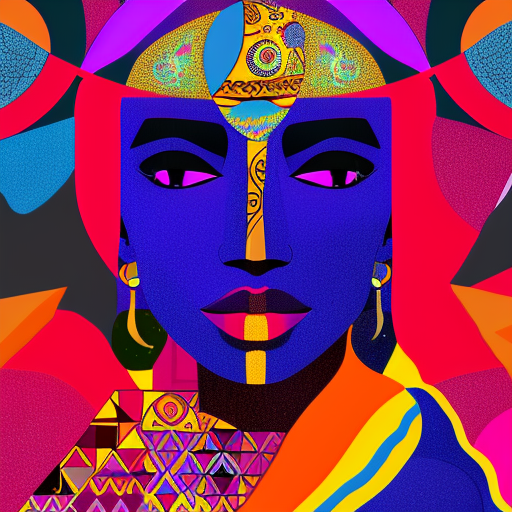One-line Summary:
“Girl, Woman, Other” is a powerful and interwoven narrative that explores the lives of twelve diverse characters, highlighting themes of identity, race, gender, and sexuality.
Introduction:
“Girl, Woman, Other” by Bernardine Evaristo is a captivating novel that tells the interconnected stories of twelve characters, primarily black British women, spanning different generations, backgrounds, and experiences. Through vivid prose and unique narrative structure, Evaristo delves into the complexities of identity, race, gender, and sexuality, ultimately celebrating the resilience and strength of these diverse individuals.
The Lives and Struggles of Twelve Characters:
Evaristo introduces us to a rich tapestry of characters, each with their own distinct voice and story. From Amma, a lesbian playwright challenging societal norms, to Yazz, a young student navigating her identity and heritage, and Hattie, an elderly woman reflecting on her life as a former suffragette, the novel explores the lives and struggles of these women and the intersections of their identities.
Through their narratives, Evaristo addresses a range of themes, including the impact of colonialism, the complexities of motherhood, the challenges faced by LGBTQ+ individuals, and the struggle for acceptance and recognition in a society that often marginalizes and erases their experiences. The characters’ stories are both personal and universal, shedding light on the diverse experiences of black women in Britain.
An Interwoven Narrative:
What sets “Girl, Woman, Other” apart is its unique narrative structure. Evaristo employs a poetic and experimental style, using unconventional punctuation and capitalization to create a sense of rhythm and flow. The novel is divided into four parts, with each part containing the stories of three characters. The narratives are interwoven, with characters often appearing in each other’s stories, highlighting the interconnectedness of their lives.
This narrative technique allows Evaristo to explore the complexities of identity and challenge traditional notions of storytelling. The characters’ stories overlap and intersect, revealing the ways in which their lives are intertwined and influenced by one another. Through this interconnectedness, Evaristo emphasizes the importance of community and solidarity in the face of adversity.
Key Takeaways:
- The novel celebrates the diversity and resilience of black British women, highlighting their unique experiences and struggles.
- Evaristo challenges societal norms and stereotypes, exploring themes of race, gender, sexuality, and identity.
- The interconnected narratives emphasize the importance of community and solidarity in overcoming adversity.
- The novel’s experimental style and unconventional punctuation create a rhythmic and engaging reading experience.
- Evaristo sheds light on the impact of colonialism and the ongoing struggle for acceptance and recognition.
Memorable Quote:
“If you don’t describe yourself, others will describe you for you.”
– Bernardine Evaristo
In “Girl, Woman, Other,” Bernardine Evaristo masterfully weaves together the stories of twelve diverse characters, exploring the complexities of identity, race, gender, and sexuality. Through her poetic and experimental style, she challenges societal norms and sheds light on the experiences of black British women. This powerful novel serves as a reminder of the importance of self-definition and the strength found in community and solidarity.












